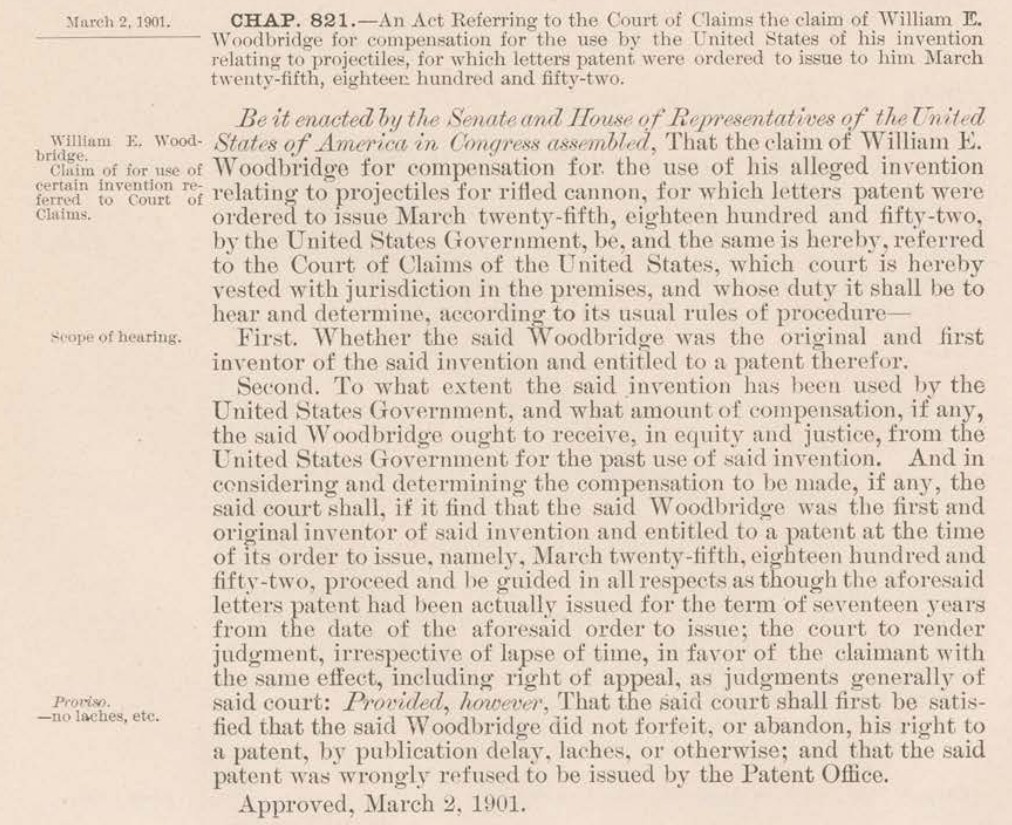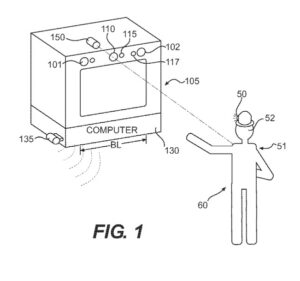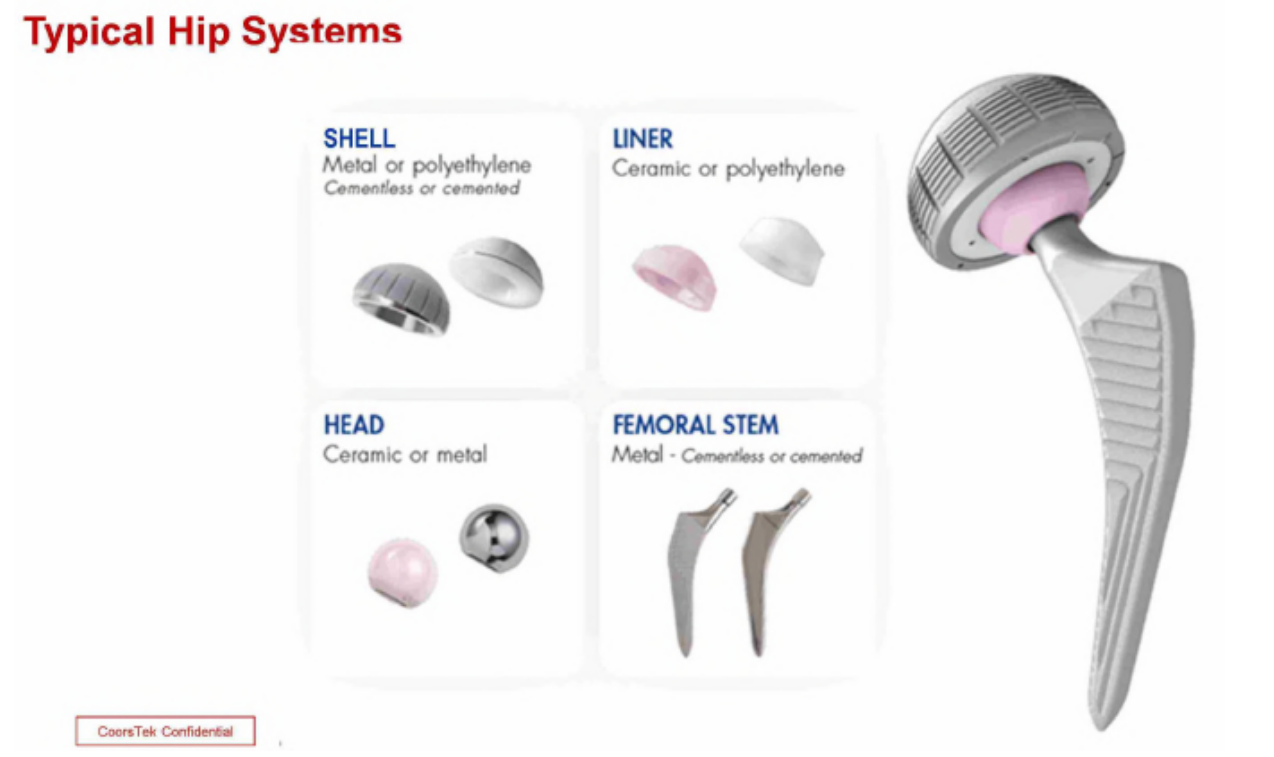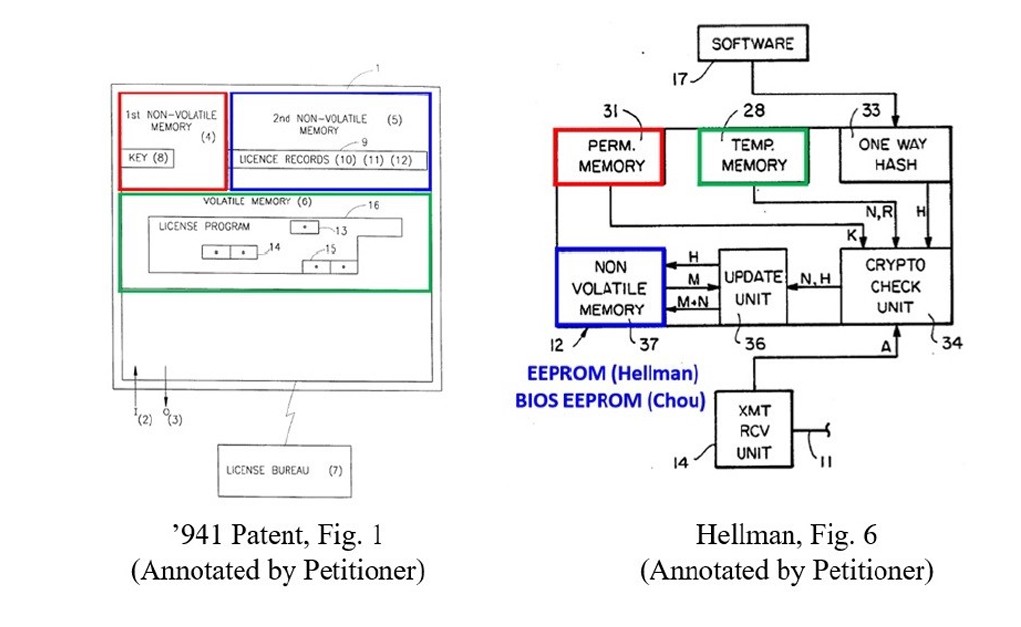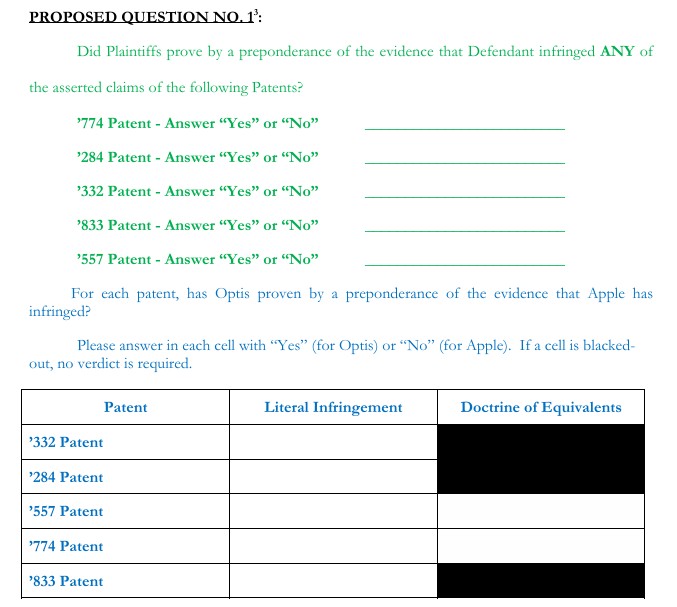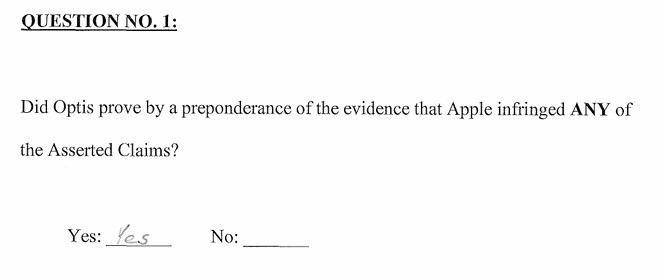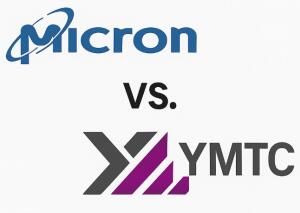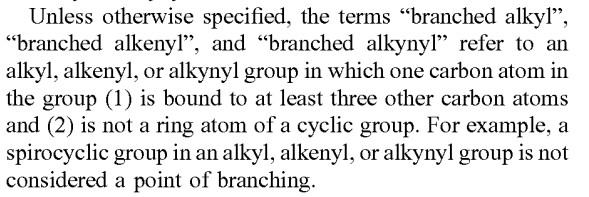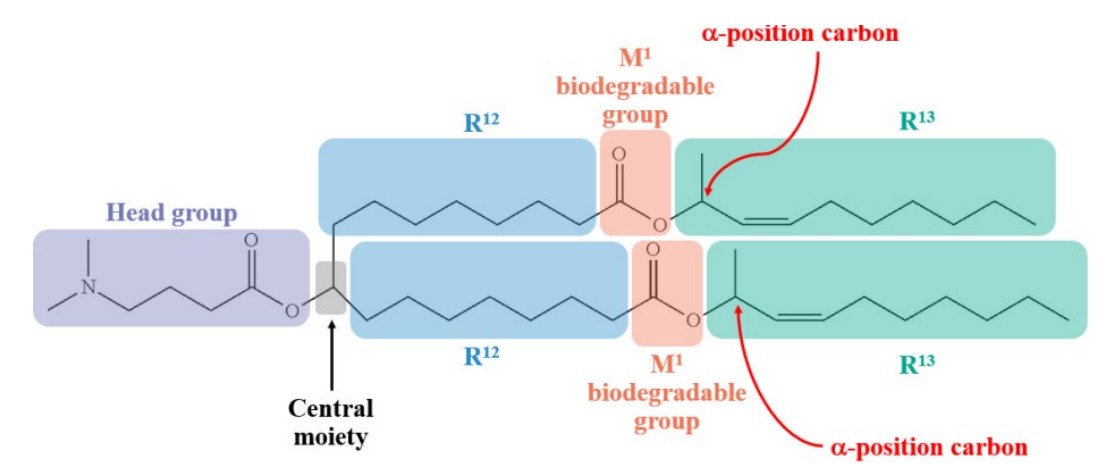The Federal Circuit recently heard oral arguments in ArcherDX v. QIAGEN Sciences, a case that may test the boundaries of the doctrine of equivalents (DOE) in sophisticated biotechnology. The dispute centers on whether QIAGEN’s universal DNA primer—which admittedly does not bind to target DNA sequences—can nonetheless infringe under the doctrine of equivalents a patent claim requiring a “second target-specific primer.” A jury found equivalence, but the Federal Circuit panel expressed skepticism during oral arguments, with Judge Lourie observing “for a jury to find equivalents with subject matter of this complexity is really exceptional.” The case presents a classic tension in patent law about how how courts should apply the Supreme Court’s guidance in Warner-Jenkinson Co. v. Hilton Davis Chemical Co., 520 U.S. 17 (1997), to prevent doctrine of equivalents theories from eviscerating express claim limitations.
ArcherDX’s U.S. Patent No. 10,017,810 describes a method for preparing DNA for next-generation sequencing using two successive rounds of PCR amplification, each employing distinct “target-specific primers” that bind to the gene sequence of interest. QIAGEN’s accused method achieves similar results but uses a fundamentally different approach: instead of two gene-specific primers, QIAGEN uses only one target-specific primer in the first round, followed by a universal “Sample Index Primer” (SIP) in the second round that binds to adapter sequences rather than the target DNA itself. In other words, this second-round SIP primer is explicitly universal rather than target-specific. Additionally, the SIP contains only 19 of the 34 nucleotides found in the relevant Illumina sequencing primer, falling short of the claim’s “identical” sequence requirement.
The district court found no literal infringement precisely because QIAGEN’s second primer is not “target-specific,” but a jury nonetheless found infringement under the doctrine of equivalents. This sets up a challenging appellate question about whether treating a universal primer as equivalent to a target-specific primer impermissibly vitiates the claim limitation, or whether the functional similarities between the two methods render the differences insubstantial.
The doctrine of equivalents (DOE) is a judicial creation designed to prevent “unscrupulous copyists” from avoiding patent infringement through insubstantial changes from the invention as claimed. Graver Tank & Manufacturing Co. v. Linde Air Products Co., 339 U.S. 605 (1950). Under this doctrine, an accused device may infringe if it performs substantially the same function, in substantially the same way, to achieve substantially the same result as the claimed invention. However, the Supreme Court’s decision in Warner-Jenkinson imposed important limitations on this equitable doctrine. Most relevant is the “all-elements rule,” which requires applying DOE on an element-by-element basis. Each claim element is presumed material, and an accused product must contain each element or its substantial equivalent. Crucially, the doctrine cannot be applied so broadly as to “effectively eliminate” a claim element entirely.
This creates what courts call the “vitiation” problem. When does finding equivalence effectively write a claim limitation out of the patent? The Federal Circuit has struggled with this question, sometimes treating vitiation as a separate legal test and other times viewing it simply as a conclusion that no reasonable jury could find the differences insubstantial. Vitiation often rises its head when the defense is able to frame the claim limitation as dividing binary opposites such as yes/no or on/off, with courts then holding that “yes” can never be the equivalent of “no.”
Here, the attempted setup by the defendant is to frame “target-specific” as the opposite universal primers such as SIP. A primer either binds to target DNA or it does not. QIAGEN argues that allowing the SIP universal primer to satisfy this limitation through equivalence would eliminate the requirement entirely, much like the Federal Circuit’s decision in Freedman Seating Co. v. American Seating Co., 420 F.3d 1350 (Fed. Cir. 2005), which rejected a theory that would treat a “side-mounted” element as equivalent to a bottom-mounted one.
At oral arguments in ArcherDX, Judge Dyk expressed particular concern about the linguistic contradiction of treating something as “identical” when it admittedly is not. His observation that “you haven’t shown us yet how identical can mean non-identical” captured the court’s struggle with ArcherDX’s equivalence theory. When ArcherDX’s counsel attempted to explain that the sequence present was “identical, it’s just that there’s a subset,” Judge Cunningham responded bluntly: “I don’t think that’s identical.”
The ultimate resolution may hinge on a subtle battle over how to characterize the claim limitation at issue. QIAGEN’s strategy centers on isolating the word “identical” as a standalone limitation that creates a binary test—either the sequences are identical or they are not, with no middle ground for equivalence analysis. Under this framing, the 19-nucleotide versus 34-nucleotide difference becomes dispositive, much like Judge Dyk’s oral argument “black is white” formulation suggests an impossibility. However, I would look to reframe the limitation more holistically, arguing that the relevant limitation is not merely “identical” but rather the complete phrase requiring “a second adaptor primer having a nucleotide sequence identical to a second portion of the amplification strand.” This broader characterization allows for a more nuanced equivalence analysis, where the accused device becomes “a second adaptor primer having a nucleotide sequence highly similar (albeit not identical) to a second portion of the amplification strand.” The framing – narrow vs broad view of “each element” – makes all the difference here, with the broader view preserving space for the traditional function-way-result analysis that has long characterized doctrine of equivalents jurisprudence.
My prediction is that the Federal Circuit will reverse the jury verdict, likely finding that treating a universal primer as equivalent to a “target-specific” primer (and an identical sequence as equivalent to a non-identical sequence) impermissibly vitiates the claim limitations as a matter of law. This outcome stems both from prior Federal Circuit precedent and from skepticism during oral arguments — both of which align with conventional wisdom that trends toward more restrictive application of the doctrine of equivalents. By characterizing the vitiation question as a legal determination rather than a factual one, the court is also able to effectively remove the issue from jury consideration.
